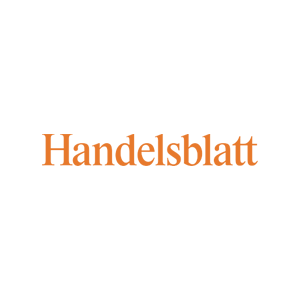A look at the statistics on the ratio of freight offers compared to offers of loading space within the European transport market from Statista shows: In May 2021 (77 per cent), the share of freight offers was 44 per cent higher than in May 2020 (33 per cent). Compared to the previous month, the share of freight offers increased by five per cent.
—
You might be also interested in this: How freight forwarders calculate their transport costs
—
Such a disparity naturally has an impact on transport prices. As the German logistics magazine “Verkehrsrundschau” reports, these have been rising continuously since March and were at a three-year high in May. Compared to the previous month, transport prices in May 2021 climbed by 8.4 per cent. In relation to the same month last year, the increase amounts to 28.0 percent.
What are the reasons behind this?

The short week after Easter, coupled with the delayed arrival of a larger number of ships due to the blockade in the Suez Canal, has led to a certain capacity bottleneck. Currently, the European transport market is experiencing a kind of “ketchup-bottle effect” – at first there were only a few cargoes that needed to be transported, but in the last few weeks, they all arrived at once.
Most experts agree that this extreme tension in the European transport market will not disappear so quickly. What is more, the bottlenecks will probably continue into the summer, so that a real summer slump will hardly be felt this year. However, since the market is so volatile at the moment, it is difficult to reliably predict developments.
What is the solution?
Now, the only thing that helps is good planning and composure. Companies that have an urgent transport need but are requested at short notice only have the option of coming to terms with the fact that there is a shortage of cargo space. But one thing is certain: dispatchers, freight forwarders and freight platforms are trying everything possible to satisfy their customers and get them the cargo space they need as quickly as possible.









